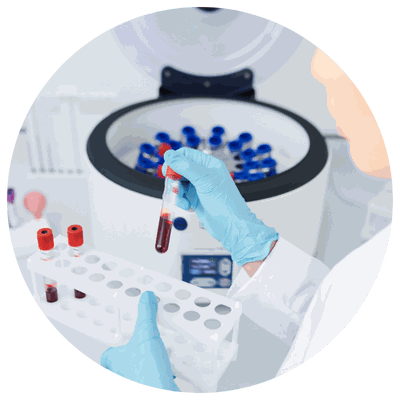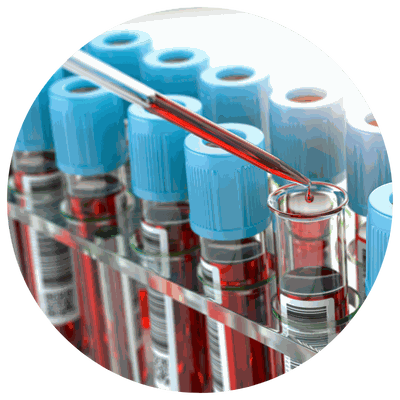Blood Centrifuge for Clinical and Medical Centrifuged Blood Sample Separations
March 10, 2023 | Centrifuge
Centrifuging blood samples
Here are the general steps involved in centrifuging blood:
Step 1: Collect a sample of blood. Using a standard venipuncture procedure, collect a small sample of blood. The sample must be collected in a sterile blood tube centrifuge and handled in accordance with the proper sterile technique.
Step 2: Preparing the sample. Place the collected blood sample in a special tube that contains an anticoagulant to prevent the blood from clotting. After securing the seal of the tube, put a label with the necessary information, such as the patient's name and date.
Step 3: Load the sample into the blood centrifuge. Following the manufacturer’s instructions for the specific model, carefully load the sealed blood sample tube into the blood spinner.
Step 4: Setting the speed and time. Setting the speed and time for the centrifugation process should be in accordance with the specific requirements of the separation.
Step 5: Start the blood centrifuge. Start the centrifuge to activate the spinning process.
Step 6: Collect the separated cells. After the centrifugation process is finished, carefully remove the tube from the centrifuge and collect the separated cells. Note that the heavier cells, such as the red blood cells, will be at the bottom of the tube. The lighter cells, such as the platelets, will be at the top.
Step 7: Disposing of the waste. The waste material, along with the anticoagulant and cellular debris, should be properly disposed of according to regulations.
Other Considerations:
*Before analysis: separation of white blood cells (WBCs) from red blood cells (RBCs)
This is done so that analysis is easier for researchers and physicians. There are fewer WBCs than RBCs in the blood. If an initial blood separation phase is not carried out, scientists will have difficulty in acquiring the WBCs for regular clinical testing and research.
Typically, blood separation procedures produce a distinct layer of white blood cells, known as the Buffy coat, which scientists can remove for further examination.
Recommended blood centrifuge speed and time
Time. Researchers found that centrifugation timed 7 or 10 minutes can provide identical test results if compared to the 15-minute time as proposed by the World Health Organization (WHO). This could be a result of improved sample preparation and centrifugation parameters. Thus, shorter centrifugation times could result in (1) more efficient lab operations, (2) reduced errors due to sample contamination and waiting times, and (3) improved test accuracy and patient outcomes.
Speed. The appropriate centrifuge speed is dependent on the intended application of the blood. For diagnostic assays and some research applications, a speed of 4,000 RPM would be adequate; a 6,500 RPM would be right for the majority of research applications.



